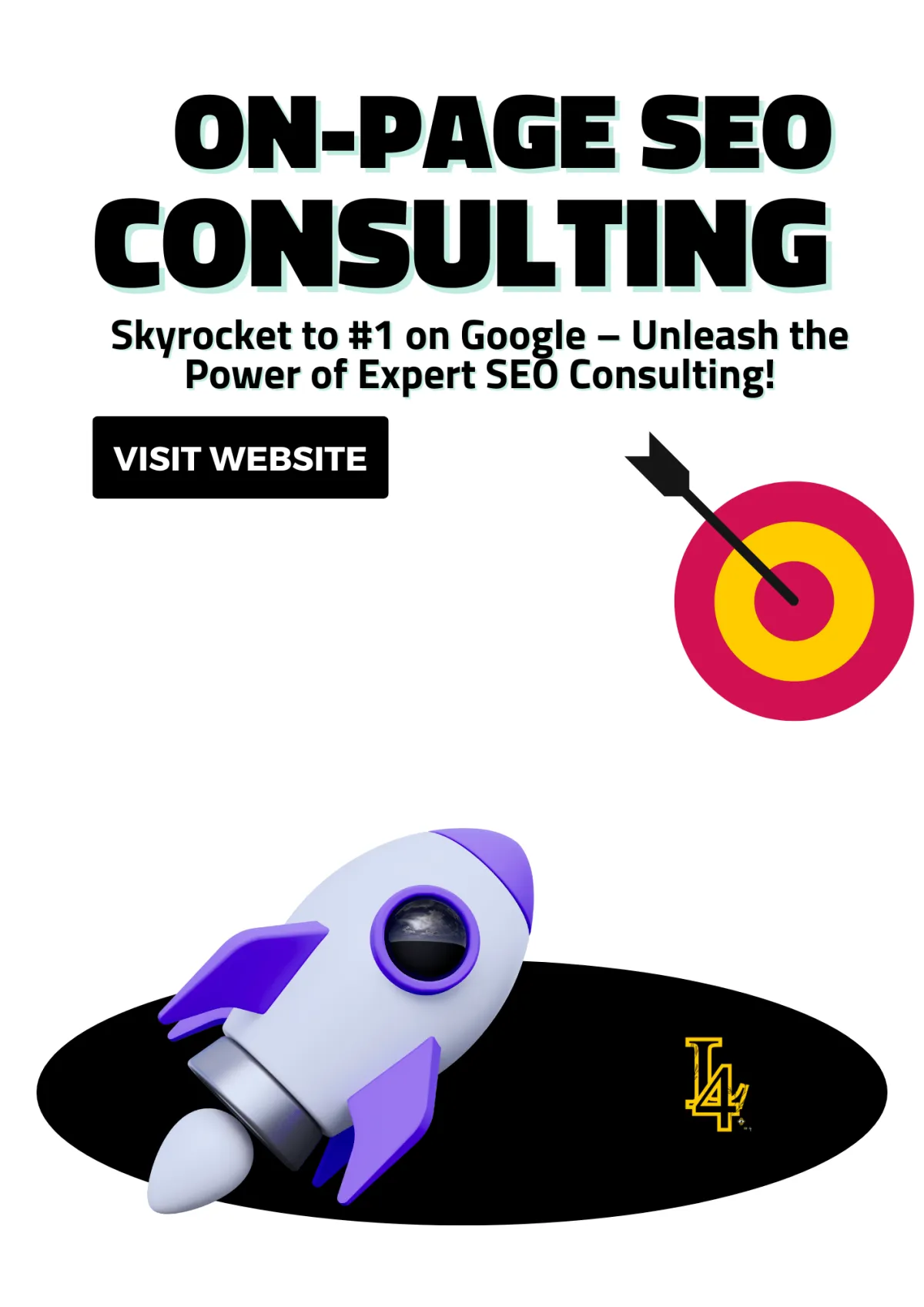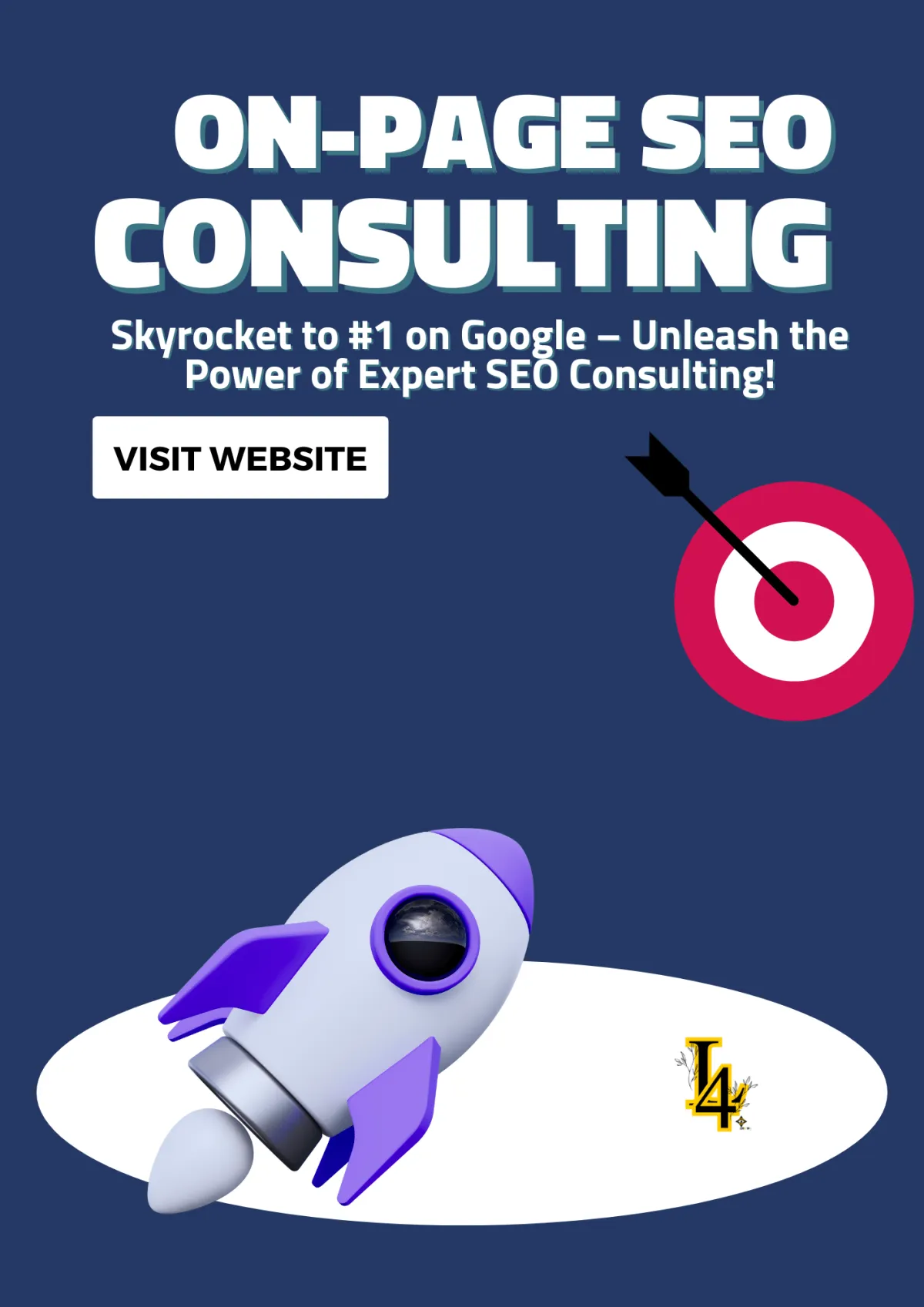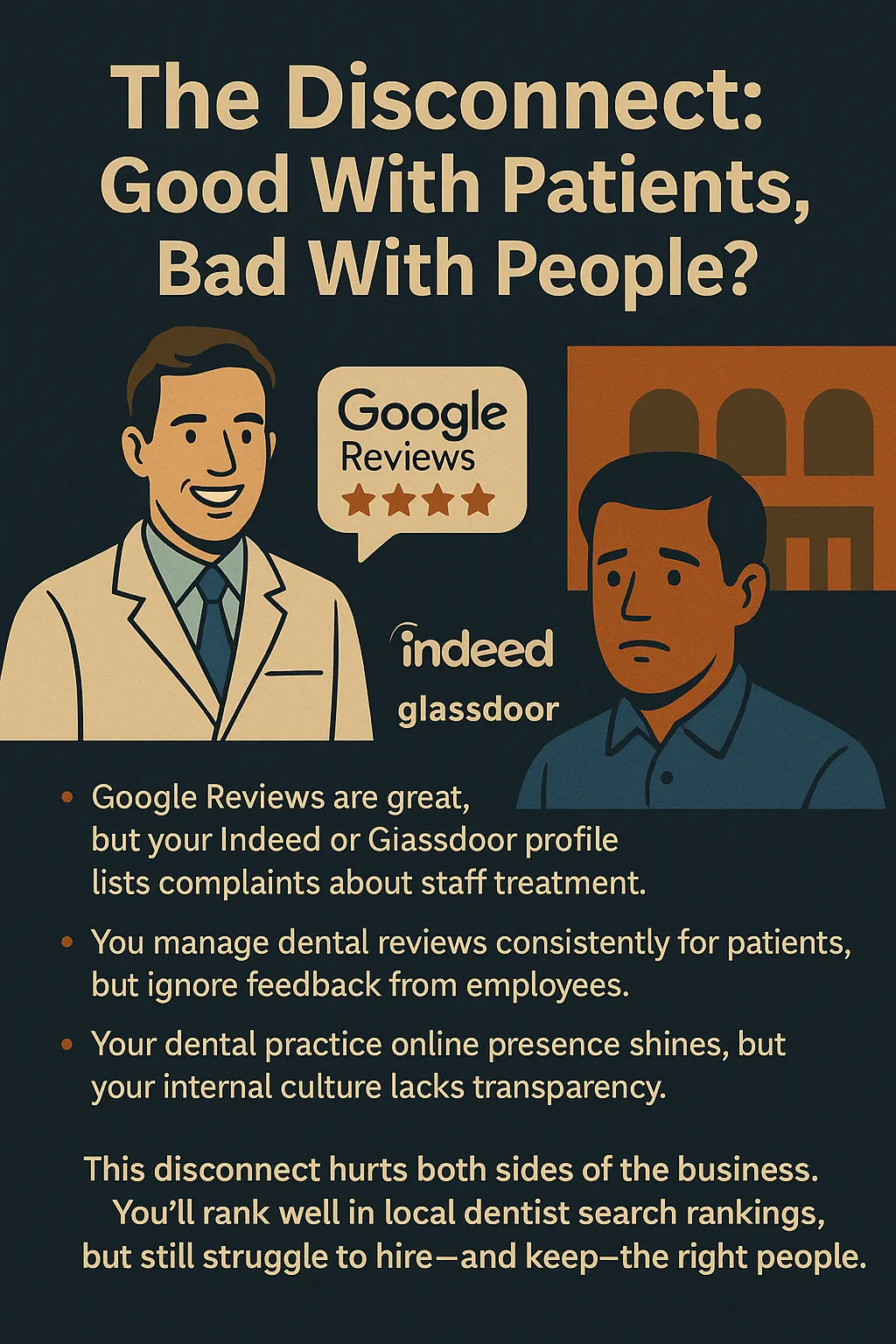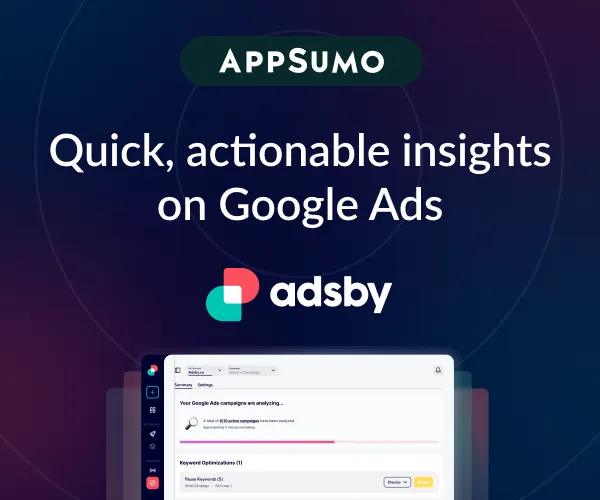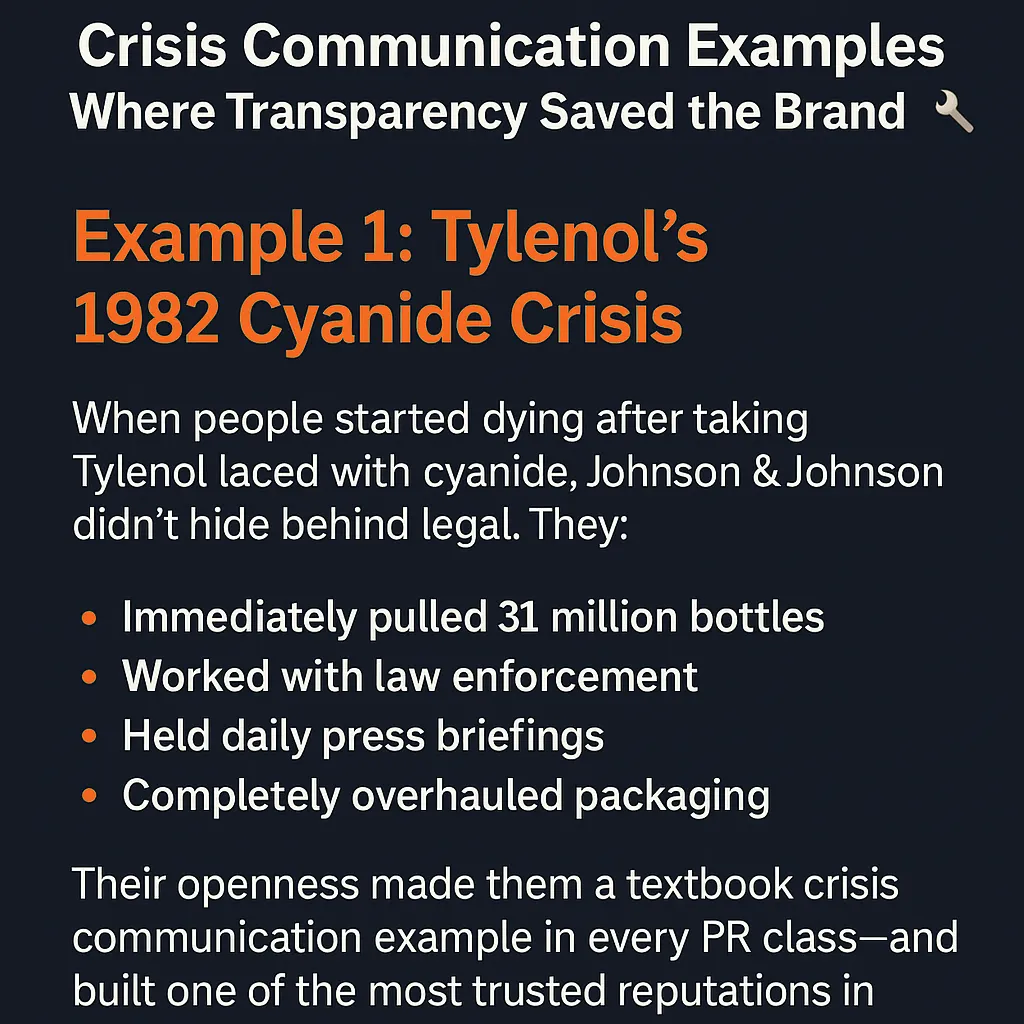
How to Prevent Website Crashes from Traffic, and Keep Your Site Running Smoothly
How to Handle High-Traffic Surges Like a Pro: AI and Beyond
"Imagine launching your biggest campaign ever, only to watch your website crash under the pressure—talk about a buzzkill! Let’s fix that before it happens."
How to Prevent Website Crashes from Traffic and Keep Your Site Running Smoothly
"Nothing feels worse than seeing your site go down just as traffic spikes. It’s like having a full house for your big debut, only to have the stage lights fail. But don’t worry—I’ve been there, and I’ve got the tools and tricks to keep your website running smoothly no matter how many visitors come knocking. Let’s dive in and future-proof your site for success!"
Why Do Websites Crash from Traffic?
Websites crash when the surge in traffic overwhelms their capacity to handle user requests. Think of it like a crowded subway car at rush hour—when too many people try to pile in, something’s gotta give.
The Common Culprits
Server Overload: Your hosting provider can’t handle the traffic spike.
Insufficient Bandwidth: Your website isn’t optimized to handle large volumes of data.
Poorly Optimized Code: Bad code can choke performance, especially when traffic increases.
Database Bottlenecks: Too many simultaneous requests overwhelm the database.
Stat: Nearly 21% of website downtime is due to traffic overload during peak events.
How I Prevent Website Crashes from Traffic
1. Choose Scalable Hosting
First things first: not all hosting is created equal. Cheap, shared hosting might be fine for low-traffic sites, but if you’re expecting growth, you need scalable solutions.
What I Do:
I use cloud hosting like AWS, Google Cloud, or Azure because they scale automatically with traffic spikes.
For smaller projects, I rely on hosting providers like SiteGround or WP Engine that offer scalable bandwidth plans.
Example #1:
During a holiday sale, my e-commerce site went from 2,000 daily visitors to 15,000. Thanks to cloud hosting, the site stayed live without skipping a beat.
2. Use a Content Delivery Network (CDN)
A CDN distributes your website’s content across servers worldwide, reducing the load on your main server. It’s like having a relay team instead of one runner carrying the baton.
What I Do:
I use CDNs like Cloudflare or Akamai to cache static content (images, CSS, JavaScript).
CDNs speed up load times and absorb traffic surges, ensuring the main server doesn’t crash.
Stat: Websites using a CDN are 50% less likely to experience downtime during traffic spikes.
3. Optimize Your Website’s Performance
A poorly optimized site is like a car with flat tires—no matter how good the engine, it won’t perform under pressure.
My Optimization Steps:
Compress Images: I use tools like TinyPNG or ShortPixel to reduce image file sizes.
Minify Code: CSS, JavaScript, and HTML files are streamlined to improve load times.
Enable Caching: I use plugins like WP Super Cache or built-in features to store temporary copies of frequently accessed data.
Example #2:
After compressing images and minifying code, my website’s load time dropped from 5 seconds to under 2 seconds—a lifesaver during a product launch.
4. Test for Traffic Spikes with Load Testing
Testing your site’s ability to handle heavy traffic before it happens is a game-changer. I simulate traffic spikes using load-testing tools to spot weak points.
What I Use:
Loader.io: Simulates thousands of users accessing the site simultaneously.
Apache JMeter: Open-source tool for stress testing website performance.
Example #3:
Before a big campaign, I tested my site with 50,000 simultaneous users using Loader.io. The test revealed a bottleneck in the database, which I fixed ahead of launch.
5. Monitor in Real-Time
When traffic spikes, you need to know what’s happening in real-time to address issues before they spiral out of control.
Tools I Rely On:
Google Analytics: For monitoring traffic patterns.
Pingdom or UptimeRobot: Sends alerts if the site goes down.
New Relic: Tracks server performance and identifies slow queries.
Stat: Real-time monitoring can reduce downtime by 30% by catching issues early.
Benefits of Traffic-Ready Websites
1. Prevent Lost Revenue
A crash during a high-traffic event can cost you sales, leads, and customers.
2. Improve User Experience
Visitors expect fast, reliable sites. Downtime damages your reputation.
3. Handle Growth with Confidence
When your site is ready for surges, you can focus on scaling your business.
Stat: 47% of users expect a website to load in under 2 seconds. Slow or crashing sites lose trust instantly.
How to Avoid Flying Blind
With a Plan:
You set up scalable hosting, a CDN, and real-time monitoring.
You optimize your website and test it before big events.
Without a Plan:
You wait for your site to crash.
You scramble to fix it while losing traffic and revenue.
4 Lists to Keep Your Website Running Smoothly
List 1: Essential Tools for Crash Prevention
Cloud hosting platforms (AWS, Google Cloud).
CDN services (Cloudflare, Akamai).
Monitoring tools (Pingdom, UptimeRobot).
Load-testing software (Loader.io, JMeter).
List 2: Common Mistakes to Avoid
Ignoring load testing.
Sticking with shared hosting.
Using uncompressed, heavy images.
Skipping real-time monitoring.
List 3: Key Metrics to Monitor
Server response time.
Bounce rate during peak traffic.
Uptime percentage.
Bandwidth usage.
List 4: Emergency Steps During a Crash
Notify your hosting provider immediately.
Activate cached versions of your site.
Pause non-critical functions (like live chat).
Redirect traffic to backup servers if possible.
5 Quick Tips to Prevent Website Crashes
Tip #1: Always choose scalable hosting.
Tip #2: Use a CDN to offload traffic from your main server.
Tip #3: Optimize your website’s images and code.
Tip #4: Test your site for high-traffic events regularly.
Tip #5: Set up alerts to monitor performance in real time.
Harnessing AI for Seamless Traffic Management 🚀
When I first faced a massive traffic spike, I didn’t know whether to cheer or panic. My site was getting the attention it deserved, but I quickly realized my setup wasn’t ready for the surge. That’s when I discovered the power of AI in traffic management—it changed everything! Let me show you how you can use AI to prevent website crashes from traffic and keep your site running like a dream, even during the busiest moments. 🌟
How AI Saves the Day During Traffic Surges 🤖
AI isn’t just for futuristic robots—it’s here to keep your website alive and thriving. Tools powered by artificial intelligence can predict traffic patterns, allocate resources, and even prevent crashes before they happen. Here’s how I use AI to handle unexpected surges:
Real-Time Traffic Monitoring: AI tools like New Relic track user activity and server performance in real-time. The second something spikes, I get an alert.
Automatic Scaling: Platforms like AWS and Google Cloud use AI to automatically add server resources during heavy traffic, ensuring my site never lags or crashes.
Anomaly Detection: Machine learning algorithms flag unusual traffic patterns, like bots or DDOS attacks, and shut them down before they wreak havoc.
💡 Example: One of my blog posts went viral overnight. With AI-powered scaling, my site handled the sudden 10,000 visitors per hour without breaking a sweat. No downtime, no stress—just success!
Aligning Marketing Efforts with Traffic Surge Preparation 🎯
I’ve learned the hard way that running an SEO or paid ad campaign without proper preparation is like throwing a party without enough food—you’re setting yourself up for disaster. Here’s how I make sure my marketing campaigns align with my site’s capacity to handle increased traffic.
The Marketing-Traffic Trap: Why It Happens
When a campaign succeeds, traffic surges. Great, right? But if your site isn’t ready, that success can quickly turn into downtime and frustration.
SEO Success Gone Wrong: Ranking #1 for a hot keyword like "best holiday gifts" brought me thousands of visitors—but my server wasn’t ready.
Paid Ads Overload: A high-performing Google Ads campaign once brought in triple the expected traffic, overwhelming my website.
💡 Lesson Learned: Marketing without traffic readiness is like pouring water into a leaky bucket. You need the infrastructure to support success.
How I Prepare My Site for Marketing-Induced Traffic Surges
Here’s the step-by-step process I use to ensure my site can handle the influx from SEO and paid ad campaigns:
Load Testing Before Launch
Tools like Loader.io help me simulate the expected traffic increase to identify weak spots.Example: Before launching a holiday ad campaign, I tested my site with 50,000 simulated users. I found a bottleneck in my database and fixed it in time for the campaign.
CDN for Global Campaigns
If my ads target international audiences, I rely on a CDN like Cloudflare to distribute content efficiently across the globe.Result: Visitors in Europe and Asia experience the same lightning-fast load times as those in the U.S.
Scaling with AI Hosting Platforms
I always use AI-driven hosting solutions to auto-scale server resources during high-traffic periods.Example: A social media campaign for a new product once brought in 20,000 visitors in an hour. Thanks to my hosting platform, it handled the load without a hitch.
Real-Time Monitoring During Campaigns
I never run a campaign without tools like Google Analytics and UptimeRobot keeping me updated. If anything starts to lag, I can pivot immediately.Pro Tip: Set up alerts for spikes in server response time or bounce rates—they’re early warning signs of a potential crash.
How AI and Marketing Alignment Benefits Your Business 💼
Since incorporating AI and proactive planning into my campaigns, I’ve seen incredible results:
Zero Downtime: No matter how big the traffic spike, my site stays live and fast.
Higher ROI: Marketing efforts don’t go to waste due to technical failures.
Improved User Experience: Visitors have a seamless experience, even during peak traffic.
Conclusion
"Your website deserves to shine, even when traffic is off the charts. By embracing AI-powered tools, optimizing performance, and aligning your marketing campaigns with robust traffic management, you can keep downtime at bay and conversions on the rise. Don’t let a crash steal your moment—equip your site for success and let the world see what you’ve got!"

